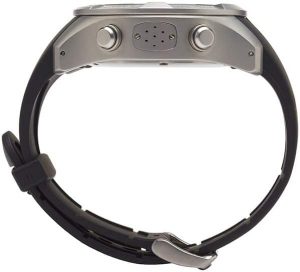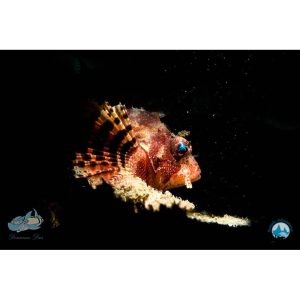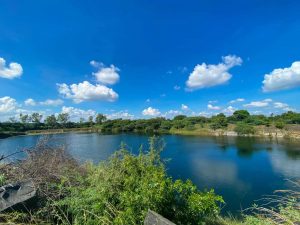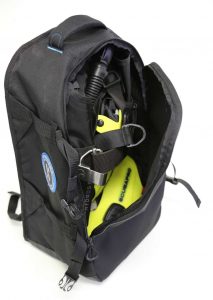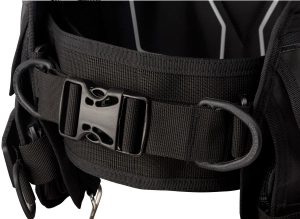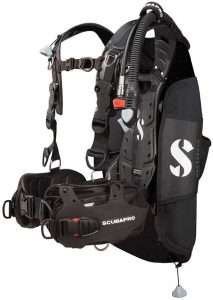If you have been diving with us, you would notice that Jonah, Julien, Rob and some other fun divers tend to dive in a completely different kind of configuration. They take ages to kit up on the boat, blocking the line for everybody to get into the water and are covered all over in hoses, clips and bungees, not to mention two tanks!! Whoever needed two tanks to do a dive?
The first thing that anyone would think is that these divers are air hogs and need extra gas to stay down the same amount of time 😛 Probably not in Pondicherry considering that everybody knows how awesome their instructors are but, fair point!! Yet this configuration, which is known as the Sidemount configuration is anything other than a solution to air hogs. It essentially is, in a crude manner of explaining, removal of your gas tank from your back as well as disengaging it from your BCD/Harness, at the same time maintaing your trim in the water.
Sidemount has started and evolved from cave diving, where it was necessary to navigate through tight spaces with twins/doubles on your back. You had to remove your entire kit and then move through the passages. This led to a school of thought where you can disengage only the tanks from your harness and make your profile much narrower, making the entire process smoother and elegant.
Since then the sidemount configuration spilled over to recreational diving, and as soon as divers started using it they all fell in love. Before we get on to the advantages and disadvantages of it, we welcome you to try it once. 99% of the divers who have dived sidemount, know that you will be able to get a good trim on your very first dive. You would be cussing yourselves why you struggled with your backmount system for so long after this. But here we are not going to pit one technique against the other as each one has distinct advantages over the other 😉
The main advantage of sidemount is redundancy. You have two completely independant gas supplies. In the extreme situation when one set fails, you personally have a backup one to fall back to. This system, rather than replacing the buddy system augments it, by providing an additional gas source to the team.
The secondary advantage is additional gas. Here additional gas does not mean that you have two tanks worth of gas for one dive. Normally when we dive sidemount we use two tanks for two dives. Whenever we dive backmount, we should always come back up with the 1/3rd reserve gas or more. When we dive sidemount we get to use this reserve gas left over from dive 1. So, that means more gas, and a much more relaxed and longer dive. Although the downside is if you are not careful during the SI, you might end up sitting on the boat for your second dive 😛
Then there is the easy accessibility of all your gauges and stages to identify, isolate and correct any problems with your gear at any point of the dive. We mentioned already about how easy it is get a proper trim. But nobody mentions how difficult it is to get the perfect trim though 🙂 The details of these will be properly explained in your PADI Sidemount course.
And the last and probably the most important reason as to why we dive sidemount is because we look cooler 😀 So the next time you are around here, talk with our instructors, and try this awesome new configuration once. We have the awesome Scubapro harness all set up along with two sets of Mk25/s600 regulator sets. If you eventualy do end up coming out of the water, we can bet you that you would definitely end up signing up for the PADI Sidemount Course.
P.S. if you are looking for a disadvantage, there is none 😛

